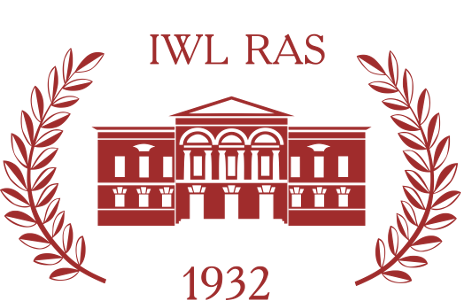About the author:
Valeria G. Andreeva, DSc in Philology, Leading Research Fellow, A.M. Gorky Institute of World Literature of the Russian Academy of Sciences, Povarskaya 25 a, 121069 Moscow, Russia; Professor, Kostroma State University, Dzerzhinsky St., 17, 156005 Kostroma, Russia.
ORCID ID: https://orcid.org/0000-0002-4558-3153
E-mail:
Abstract:
The article notes that in the novels of the 1870s many Russian writers attempted to find the image of a landowner who, in the post-reform era, would retain the correct attitude to property, could find ways to get closer to the people. The examples of landlord estates and their structure are presented in the novel “Anna Karenina” by Leo Tolstoy. Particular attention is paid to the analysis and organization of life on the estates of Levin, Vronsky and Sviyazhsky, as well as the views of these heroes on the land, labour, and household life. The author of the article shows that the ability to dispose of property becomes a kind of test for Levin and Vronsky, determines their closeness to the “family thought”, being the key concept in the novel. Tolstoy is convinced that the only correct way to preserve the noble estates is the personal participation of landowners in the management of the economy, their vigilant control over everything that happens.


